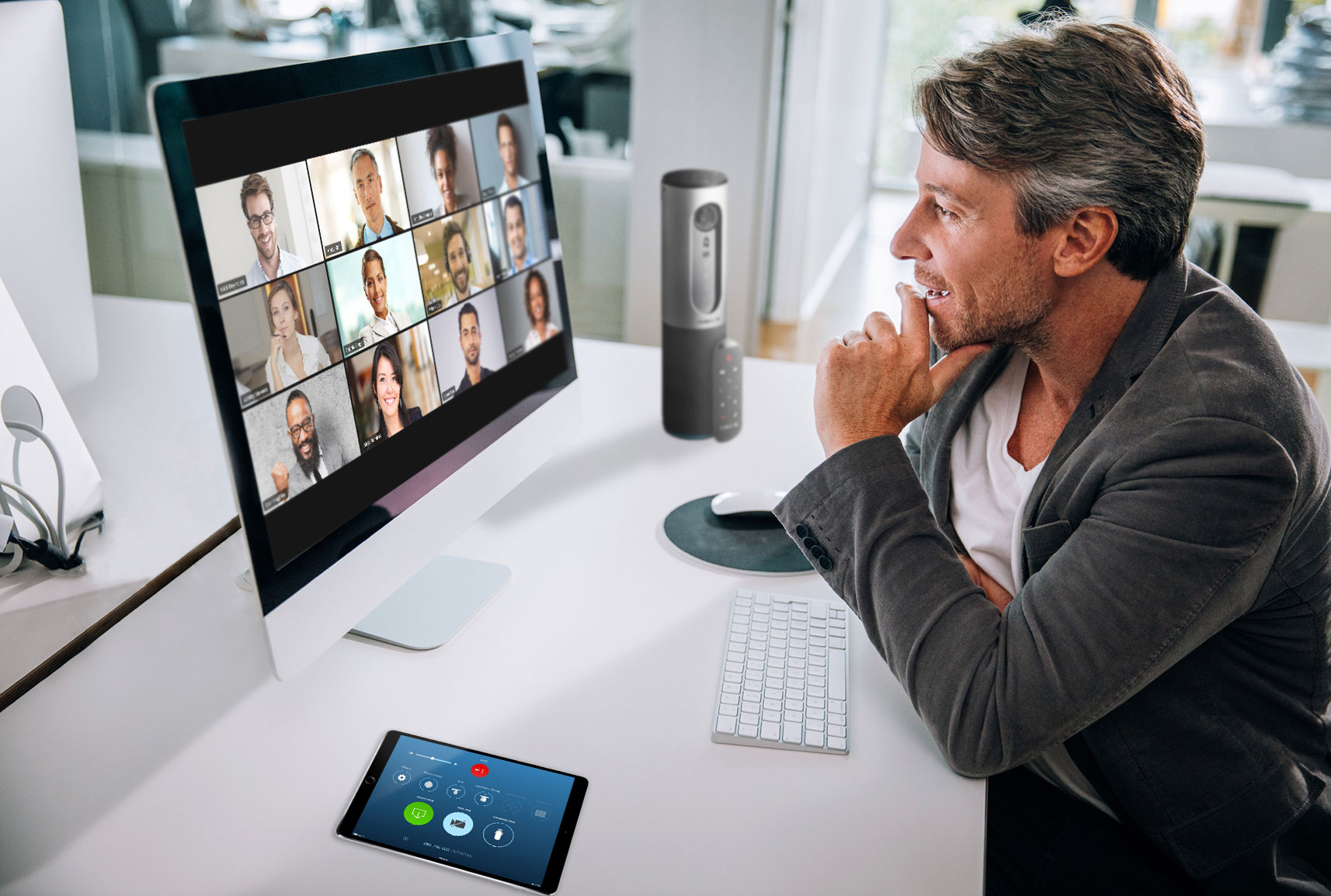
Federal regulators and private insurers have made sweeping, but temporary expansions of telehealth coverage in response to the Covid-19 pandemic. Senators gathered on Monday to address the looming question: which of those changes should stay?
Since the start of the pandemic, there have been 31 major federal policy changes, including allowing Medicare patients to have telehealth appointments at home, reimbursing for more types of visits, and a temporary loosening of HIPAA restrictions to allow visits to be conducted over more types of platforms.
Senate Committee on Health, Education, Labor and Pensions Chairman Sen. Lamar Alexander laid out two changes that he would like to see become permanent: removing originating site restrictions to allow Medicare to cover at-home telehealth visits, and covering more specialty visits under Medicare and Medicaid. There was less enthusiasm for changing HIPAA requirements.
“As dark as this pandemic has been, it creates an opportunity to learn from and act upon these last three months of intensive telehealth experience. Specifically, what permanent changes need to be made in federal and state policies,” he said.
Four experts provided testimony on Monday. They all agreed with Alexander’s two proposed changes:
- Karen Rheuban, a pediatric cardiologist and co-founder and director of the University of Virginia Center for Telehealth
- Joseph Kvedar, a dermatologist with Massachusetts General Hospital and President of the American Telemedicine Association
- Sanjeev Arora, a liver disease doctor in Albuquerque who founded Project ECHO, a model that pairs specialist teams with local clinicians to help them treat hepatitis C in their own communities.
- Andrea Willis, chief medical officer of BlueCross BlueShield of Tennessee, one of the first insurers to announce it would continue to cover telehealth on an expanded basis after the Covid-19 pandemic.

A Deep-dive Into Specialty Pharma
A specialty drug is a class of prescription medications used to treat complex, chronic or rare medical conditions. Although this classification was originally intended to define the treatment of rare, also termed “orphan” diseases, affecting fewer than 200,000 people in the US, more recently, specialty drugs have emerged as the cornerstone of treatment for chronic and complex diseases such as cancer, autoimmune conditions, diabetes, hepatitis C, and HIV/AIDS.
The increase in telehealth visits during the past three months has already been well documented. Rheuban said UVA saw a 9000% increase in telehealth use between February and May. And between Mass General and Brigham and Women’s Hospital, Kvedar said they had more than 605,000 virtual visits since March and expect to see about 250,000 virtual visits per month after the pandemic ends.
If that telehealth coverage recedes, experts worried that patients might lose access to some of the care they had been receiving during the pandemic, particularly those who would normally have to travel long distances for appointments.
In their testimony, they pushed for Congress to authorize the Department of Health and Human Services to make permanent many of the telehealth policy changes enacted during the Covid-19 pandemic, as well as for further support of broadband deployment to reduce disparities in access to virtual care. They also advocated for virtual education programs for health professionals and interstate licensing.
They also fielded numerous questions from senators about the efficacy of virtual visits, privacy concerns, and how it should be reimbursed.
It’s a tie
Sen. Richard Burr (R-North Carolina) posed a somewhat humorous question: Does private insurance or government regulation pose a bigger hurdle to using telemedicine in the future?
“It might be a tie,” Kvedar said.
He said it was important to relax federal restrictions on what types of telehealth visits are covered, and that Medicare and Medicaid should pay at parity.
“Those are really foundational elements. The private sector needs to step up as well,” Kvedar said. “It would be very difficult to conduct this care model where we got some payment for some things and didn’t for others.”
Rheuban added that it was difficult to stand up an expansive telemedicine program with multiple different payers covering different services.
Sen. Doug Jones (D-Alabama) also raised a question about whether coverage of remote monitoring programs could be expanded. Kvedar said as Medicare has taken recent steps to reimburse for remote monitoring of patients with hypertension or congestive heart failure, he would like to see more private insurers do the same.
Committee members also debated whether telehealth should cost the same as an in-person visit. Sen. Mike Braun (R-Indiana) pushed back against that idea, saying telemedicine “should be a bargain,” a way to reduce costs.
Willis fielded numerous questions about how BCBS of Tennessee would reimburse for telehealth services. The insurer initially has paid parity for telehealth and in-person visits since the start of the Covid-19 pandemic.
“We’re not in a rush to abandon that. We are going to look to the data to make sure we see the efficiencies that we think we’re going to see,” she said. “What we don’t want to do is inject additional healthcare costs into the system.”
As far as whether it cost more to expand telehealth services, she said it was too early to tell, but that virtual visits might be able to save money down the line by ensuring patients don’t forego needed care and reducing the number who go to the ER for non-emergency care.
“It’s too early to say if it has improved health outcomes, but it has undoubtedly improved access to care,” she said.
Photo Credit: Zoom Video Communications













